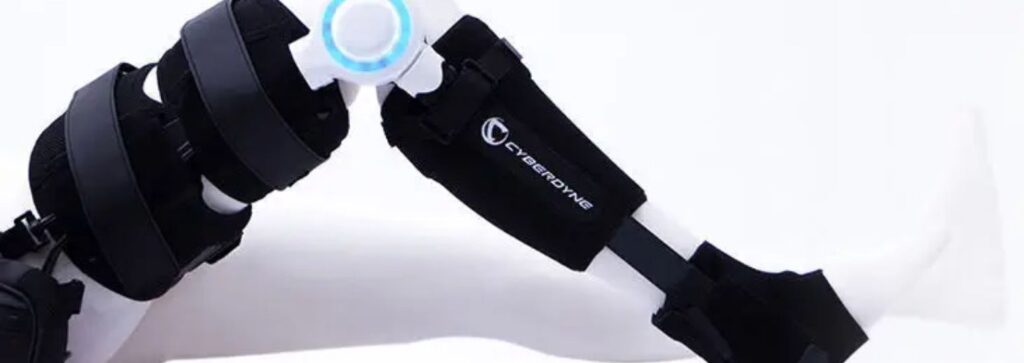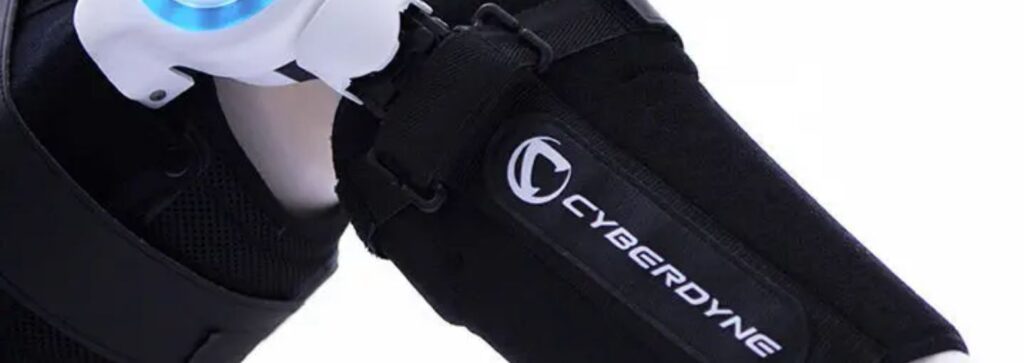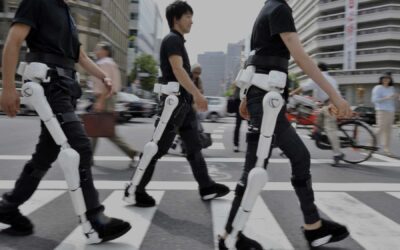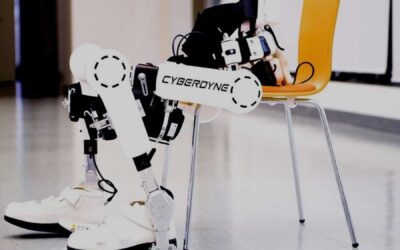Cyberdyne utilises Robotics in a new treatment technology. The process involves using HAL – the Wearable Cyborg™ to aid the patient. HAL is also known as the system that enhances motor learning of the brain, leading to neuroplasticity in brain functions. India has recently adopted Cyberdyne treatment, which is the latest technology. With significant interest from Japanese sponsors in the business of HAL, India has become the primary destination for the mentioned investments.
HAL and their Purposes

Cyberdyne’s robotic exoskeleton assists patients in moving their legs. The technology benefits individuals with a wide range of conditions such as amputations, cancer, arthritis, orthopaedic injuries, cardiac disease, neurological disorders, spinal cord injuries, stroke, and traumatic brain injuries. Patients with severe paralysis can receive automated upper limb movement through robotic rehabilitation. For patients with some degree of mobility, the robots counteract gravity by supporting the weight of the limb through physical interaction with the individual.
The Wearable Cyborg™ helps in mobility
The brain initially creates command signals. Then, the muscles receive these signals from the brain.
HAL is able to interpret the signals. Signals from the brain to the muscles leak onto the skin surface as faint signals. HAL can interpret these electric signals by attaching specially designed detectors to the wearer’s skin.
The Wearable Cyborg™ utilises various data to interpret the user’s intended movements. HAL adjusts the power unit based on the recognised movements to help the user move as intended or exert more force than usual. The “Cybernics Voluntary Control System” employs BES to execute the user’s intended movements. The “Cybernics Autonomous Control System” facilitates human-like movements even when BES is undetectable. These two control methods are what make HAL an advanced technology. Subsequently, after the movement is completed, the brain assesses how the body moved based on the transmitted signals.

The wearer’s intended motion is detected by the Cyberdyne treatment with HAL, and the body provides feedback on the successful movement. This enables the brain to learn how to send the signals required for proper movements over time. Repetition of this process could assist individuals with disabilities in enhancing their physical function following the removal of HAL.
Cyberdyne Rehabilitation
A swift recovery of our patients remains the primary aim of the Cyberdyne treatment. The goal is to stimulate bioelectric signals (BES) from the brain to activate the legs, enabling movement. In cases of paralysed patients, the signals may not be strong enough to initiate proper movement. However, HAL has the ability to detect faint BES on the skin, interpret it, and simultaneously support the intended movement using motors located at each hip and knee joint.
Medical facilities that utilise rehabilitation robots in physical therapy rely on this sensing technology to achieve daily breakthroughs in rehabilitation. Learn how you can implement Cyberdyne technology to attain similar results.
Log onto https://rehabmodalities.com/ for a free demo.



